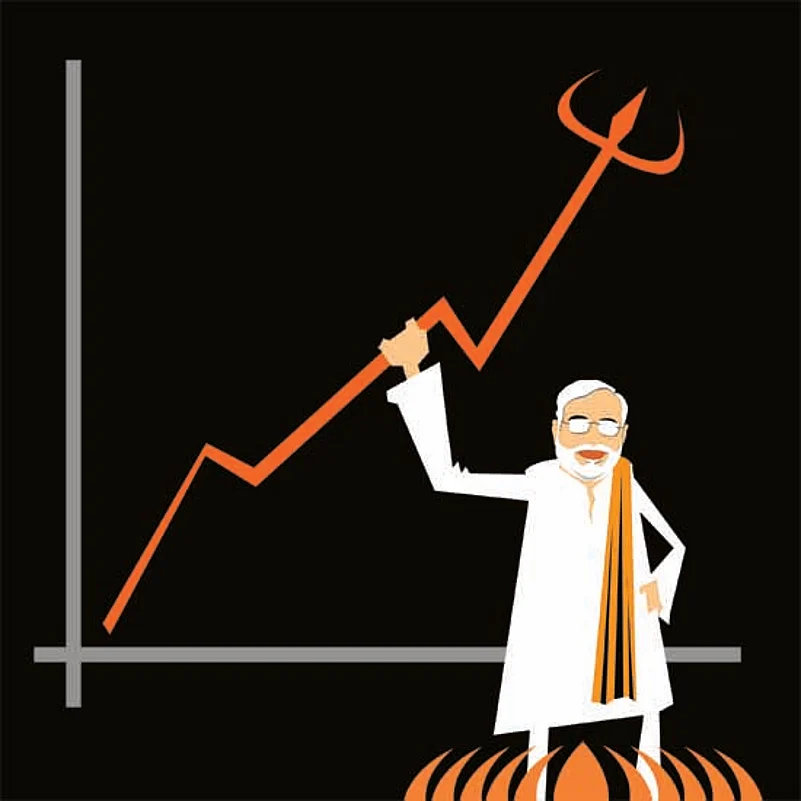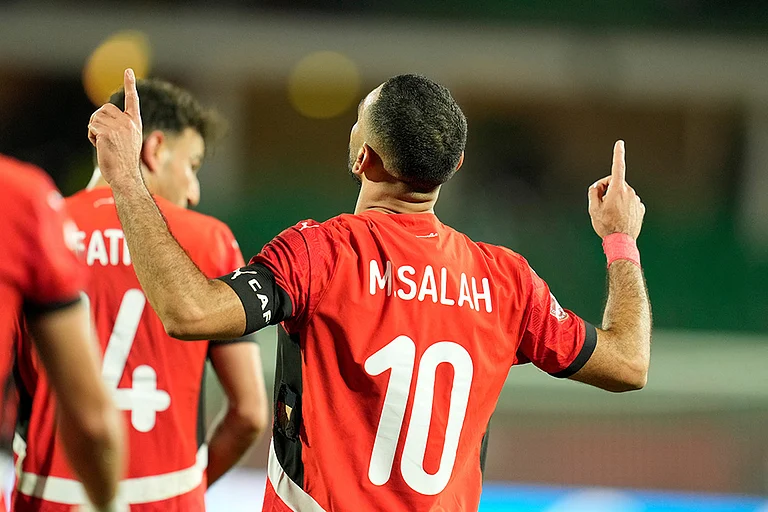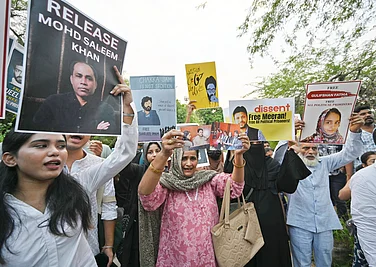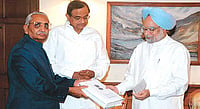Invoking Lord Krishna’s explanation of his relationship to existence as explained in the Bhagavad Gita, M.S. Golwalkar—who succeeded Rashtriya Swayamsevak Sangh (RSS) founder K.B. Hedgewar as its chief, or sarsanghchalak, and became its most influential ideologue—saw the interface between the RSS and Sangh-inspired organisations like the Jan Sangh thus: “I am in all that exists and they are in me, but I am not in them and they are not in me.” He perceived such affiliates as ‘additions’ and not substitutes to the mission and goals of the RSS: a lofty distance existed between the RSS and organisations claiming allegiance to it. While he argued that the Sangh needed power in order to influence every aspect of society, he also dreamt of a future when the government of the day would take orders from the RSS. Only this would lead to the achievement of the RSS’s goal—uniting Hindus into a Hindu rashtra.
That goal might still lurk in the background, but the RSS of present sarsanghchalak Mohan Bhagwat and the BJP of Narendra Modi have effectively erased the distance between the principal and its affiliate: now, the RSS is the BJP and the BJP is the RSS. In doing so, Golwalkar’s idea of fashioning the RSS on an ideal of renunciation and asceticism has been finally buried. Purity, virtue, inculcation of values, cultural awakening—now, these are mere words with occasional rhetorical currency but little substance. Golwalkar had likened politics to a woman of questionable character, one who takes on various guises to entice and please (nripaneeti vaaraanganaiva anekaroopa). The RSS no longer has a problem with such questionable cohabitation.
Further, Golwalkar believed the RSS had the divine mission of wielding dharmadand or righteous control over politics and society, even if it was to be indirect. He saw lack of control as a consequence of diversity and democracy, which had wrecked Hindu unity and introduced un-Hindu ideas and forces. Bhagwat and Modi have dispensed with this article of faith as well. Righteous control has been replaced with unscrupulous pragmatism and political ambition: the dand remains; the dharma lies in the dustbin.
To understand the Modi-RSS axis is to understand the radical transformation that has swept the RSS. The RSS now perceives Golwalkar as an aberration. It has completed the change from a moralising, sanctimonious and self-righteous outfit to a ruthless political outfit that acknowledges the pragmatism of his succeeding sarsanghchalak Balasaheb Deoras: the RSS had to be free of idealism, ideology and scruples to achieve Hindu rashtra. The Modi-Bhagwat combine has advanced this further by outsourcing fragments of the original ideology to anyone who wishes to implement it. Modi, then, only speaks of a robust nationalism and of development. Madhya Pradesh CM Shivraj Singh Chouhan feels free to ride the development plank while introducing singing Vande Mataram in schools and the estranged B.S. Yediyurappa is allowed to mine minerals and change textbooks to suit a Hindutva orientation. Under Modi, with the RSS openly calling the shots, what emerges is piecemeal Hindutva. The RSS and the BJP have also modified their conception of politics and their already apologetic idea of democracy to one preferred by corporate India. Development and progress is then only a thinly veiled euphemism for technocratic-managerial governance and unbridled self-interest. The rhetoric of a strong India as a future superpower legitimises the development agenda, especially when the government in power has proved woefully inadequate. In orchestrating this subletting of politics to corporate India, the RSS-BJP propaganda machine has skilfully transformed politics and the politician into the enemy while painting themselves as guardians of a future India that increasingly resembles a corporate boardroom.
Finally, there’s the attempt to portray Modi in the flattering tones of a righteous kshatriya ruler. Sardar Patel and Indira Gandhi might be the inspirations for firmness and decisiveness, but the overall picture is of a kshatriya king battling to save his kingdom from internal and external enemies. This is a consequence of the rejection of the asceticism represented by Golwalkar, who for a brief period was a sanyasi influenced by Swami Vivekananda’s philosophy. His spin doctors present him as brave, unsparing, accurate, virile, righteous and fearsome. Here lies Modi’s undoing and that of his RSS mentors. Even Arjuna, the ideal kshatriya hero, had to spend 13 years in exile as Brihannala, a eunuch teaching dance to King Virat’s daughter. Reduced to impotence, transvestism and a non-heroic occupation, he is left with a huge amount of suppressed rage and violence. Arjuna, like many kshatriya kings, represents realistic weakness and symbolic centrality. Will this be Modi’s fate too? The RSS ought to know.

























